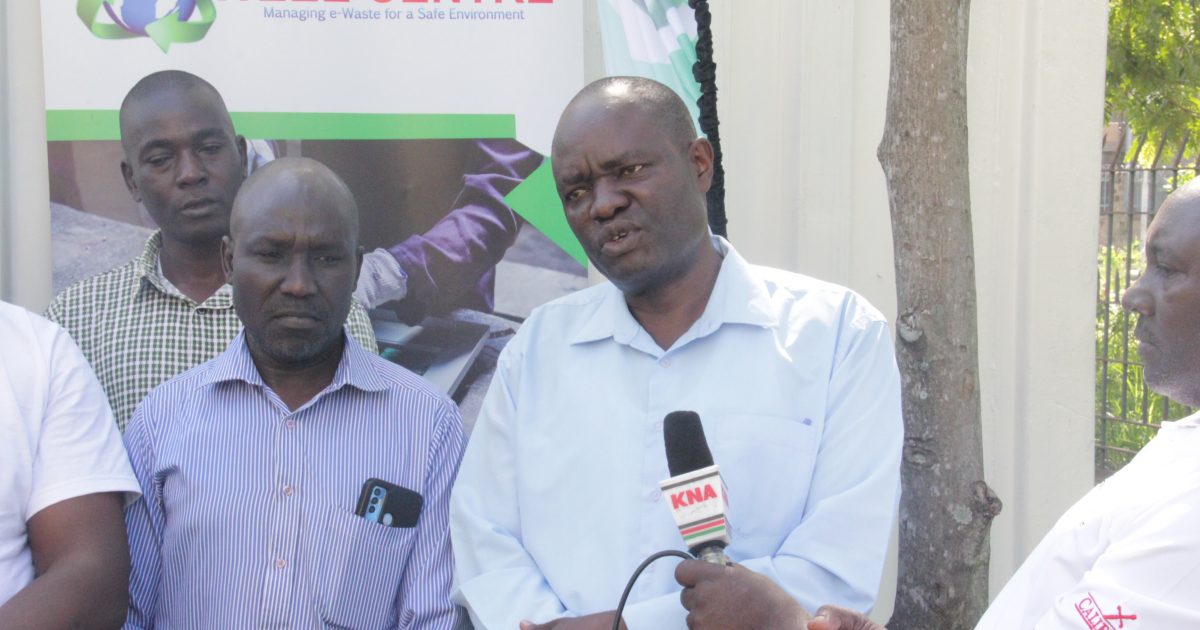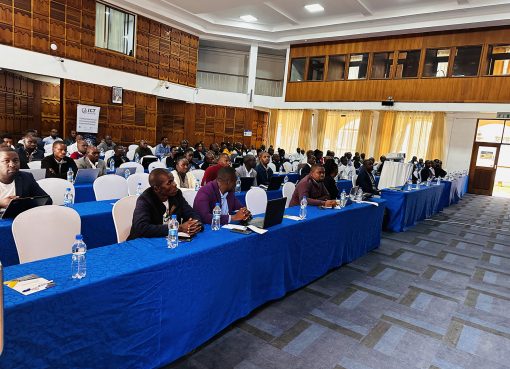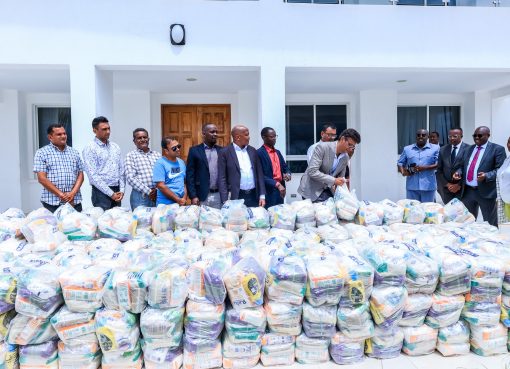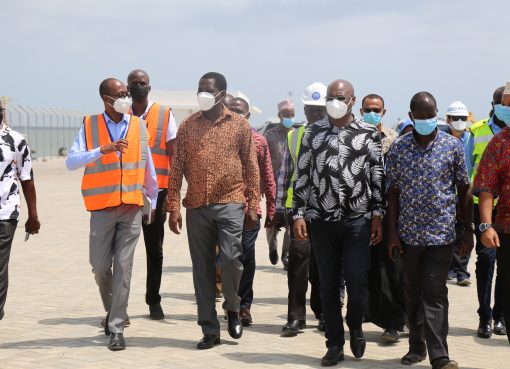Kenya’s annual electronic waste generation has grown from 3,000 metric tonnes in 2012 to 51, 000 metric tonnes in 2021.
This is attributed to rapid growth in Information Communication Technology (ICT) over the last ten years.
However only 1percent of the waste is disposed properly with the remaining ending up in wrong hands or buried in pits posing a serious public health and environmental concern.
To address this, a local firm has joined hands with the government and other partners to facilitate collection, transportation and proper disposal of e-waste in the country.
Waste Electrical and Electronic Equipment (WEEE) Centre, has established three holding grounds in Kisumu, Nakuru and Mombasa to collect e-waste for safe disposal.
Through the centers, all the waste collected is transported to the firm’s workshop in Nairobi for sorting, dismantling and safe disposal.
WEEE Centre Business Development Manager Arthur Mwangi said a lot of e-waste was in the hands of people without a clear framework on how to dispose of it. Others end up at dumpsites where they are burned increasing carbon emission which is harmful to the environment and health.
WEEE Centre, he said, has developed technologies to ensure safe disposal of the e-waste in the country. “At Nairobi we test all the items to identify those that still have value. We then dismantle and separate the raw materials to be offered for different modes of disposal,” he said.
Some of the materials extracted, he said, include copper, metals, glass and plastic. Those that have value are disposed through downstream vendors while the other material is destroyed.
However, he said not all the e-waste can be disposed of at the Nairobi facility adding that the centre has established linkages with other firms abroad which have the technology to handle such waste. He pointed out lantern lights, efflorescent tubes, toners and cartridges are shipped out of the country for onward disposal.
“We have a machine called the glass eater which we use to crush the efflorescent tubes whose powder we pack and ship to countries that have the advanced technology to dispose of them,” he said.
Speaking in Kisumu on Thursday, Mwangi said lack of awareness remains the biggest impediment to the management of e-waste in the country.
Through capacity building and training, he added a number of youths have been brought on board to send the message out and divert end-of-life equipment from garbage dumps towards sustainable reuse and recycling to protect public health and the environment.
WEEE Centre Western Regional Coordinator Rita Odhiambo said since the establishment of the collection center in Kisumu in December last year, 231 youths have been trained on e-waste management.
The youth, she added, are engaged in sensitizing the community on the need to safely dispose of junk electronic items to keep the environment safe. “They go out and collect these items from the community and even institutions. They then deliver them to our collection centre at the Nyanza Regional Headquarters at a fee,” she said.
Kisumu County Director of Environment Tom Togo said electronic waste posed a big challenge since there lacked a proper framework for its collection, transportation and proper disposal.
“This is a relatively new phenomenon. Over the last ten years the country has experienced rapid growth in the ICT sector and a lot of electronic gadgets have found their way into the market. These materials end up at municipal dumping sites where some of them, despite containing hazardous materials, are burned compromising the quality of the environment,” he said.
The carbon emission from this improper disposal, he said posed a danger to human health adding that the National Environment Management Authority (NEMA) was developing e-waste management guidelines to provide a legal framework for safe disposal.
He lauded the efforts made by WEEE Centre to collect and dispose of e-waste saying it will go a long way in helping to keep the hazardous materials away from the environment at the same time create job opportunities for the youth.
“For many years we have not had a proper channel to manage e-waste in the country but through organizations like WEEE center, we are now able to have these materials collected and disposed safely,” he said.
NEMA, he disclosed, has issued a license to WEEE centre to collect, transport, and sort and safely dispose of e-waste in the country.
The initiative, he added, was in line with NEMA’s circular economy concept which promotes recycling and resource recovery to keep the environment safe and impact positively on the economy.
Steve Ang’alo, Deputy Director of ICT at County Government of Kisumu said e-waste management remains a big challenge at government and public sector offices with devices which have reached end of life dumped in stores.
Majority of the items, he said, were desktops, laptops and printers which must be safely disposed of to keep the environment safe.
Daniel Oloo, an Administration Officer in the Nyanza Regional Commissioner’s office said the biggest challenge in disposing of the items pilling in government offices was the procedure involved.
To dispose of any government item, he said clearance must be given by the respective Principal Secretary.
The government, he added, was in full support of the efforts made by WEE Centre to rid the environment of harmful e-waste.
By Chris Mahandara





